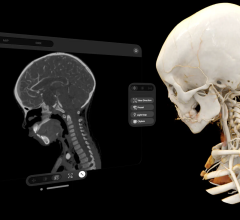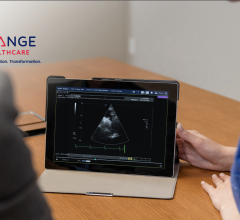Brigham and Women’s Hospital in Boston conducted a pilot study of a Web-enabled computerized physician order entry (CPOE) system (another Stage 2 requirement) with embedded imaging decision support. In an effort to reduce the inappropriate use of medical imaging and improve quality of care, it was phased into clinical use between 2000 and 2010 across outpatient, emergency and inpatient departments. The study, published in the Journal of the American College of Radiology in February 2012, showed significant increases in meaningful use for electronically created studies (from 0.4 percent to 61.9 percent) and for electronically signed studies (from 0.4 percent to 92.2 percent) and the adoption of CPOE (from 0.5 percent to 94.6 percent).
A total of 4.1 million imaging studies were performed during the study period. The use of electronically created studies was greatest in the emergency department and inpatient settings. Meaningful use varied across specialties; surgical subspecialties had the lowest rates of electronically created studies.
“Our study shows that an imaging CPOE system with embedded decision support that is integrated into the healthcare enterprise IT infrastructure and the relevant electronic medical record platform and optimized within the clinicians’ workflow can be successfully and broadly accepted clinically,” said Ivan K. Ip, M.D., MPH, lead author of the study.
CDS was not wholeheartily embraced by everyone at the hospital, said Ramin Khorasani, M.D., Brigham and Women’s Hospital, Harvard Medical School, Radiology, when he spoke about the software at SIIM 2012 in June. He said it took time to get people to buy in to decision support and accountability, explaining people did not want to change or do something new, especially when it’s a significant change for a radiology practice. He offered advice to hospitals looking at adopting CDS.
Khorasani said the quality of the evidence used by the CDS matters. He said Brigham & Women’s gives scores to the evidence (it does not matter who published it) to say how valuable it is, before they accept it and put it into the system.
There are instances when there is evidence both for and against something, which can lead to confusion if entered both ways into a CDS system. “When something isn’t clear, we don’t put it in,” Khorasani said. “Then we turn to local best practices. We don’t put something in just because it’s published by one group or another. We leave controversial stuff aside.”
The system uses evidence-based guidelines from the various societies, which are updated continuously to keep the CDS current. The lag time from publication to updates in the system is between four to six weeks.
Effective decision support also must be accompanied by accountability. Brigham & Women’s now requires physicians to sign all orders electronically.
“We are going to embarrass you, and make you think twice about ordering an exam,” Khorasani said.
Brigham and Women’s CDS tool is not something on the side, it’s part of the medical record, he said. Part of the reason for this is to record everything and make physicians accountable and guarantee they do not ignore clinical evidence.
Khorasani also said a broad collaboration is needed, from those in the front lines using the system, up through to the upper management. “Adoption of evidence-based imaging health information technology needs leadership, too. You must have buy-in and encouragement from the top in order for it to succeed,” he explained.
Finally, he advised using the data collected by the system to measure everything. This will help quantify successes and also identify issues that need to be addressed.


 March 21, 2024
March 21, 2024 








